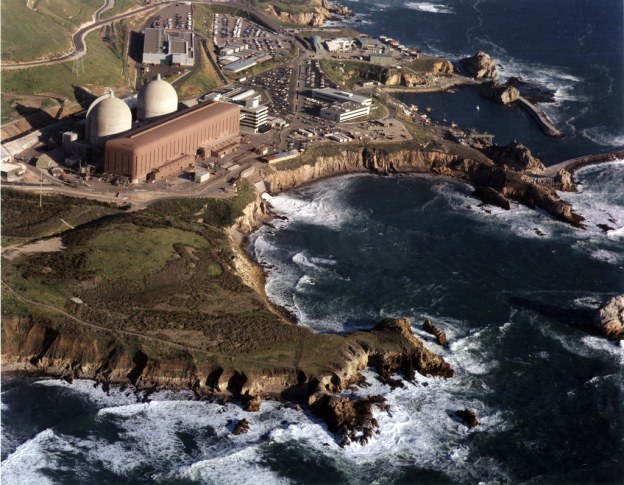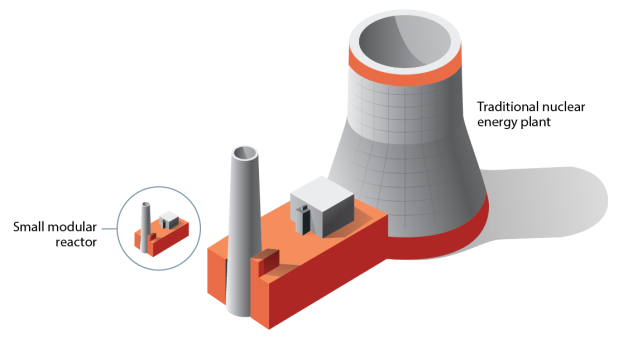Jonathan Rauch writes in the Atlantic Monthly about the innovations in nuclear power technology that might overcome its troubled history. He correctly identifies the core of the problem for nuclear power, although it extends even further than he acknowledges. Recent revelations about the fragility of France’s once-vaunted nuclear fleet illustrates deeper management problems with the technology. Unfortunately he is too dismissive of the safety issues and even the hazardous duties that recovery crews experienced at both Chernobyl and Fukushima. Both of those accidents cost those nations hundreds of billions of dollars. As a result of these issues, nuclear power around the world now costs over 10 cents per kilowatt-hour. Grid-scale solar and wind power in contrast costs less than four cents and even adding storage no more than doubles that cost. And this ignores the competition of small-scale distributed energy resources (DER) that could break the utility monopoly required to pay for nuclear power.
Yet Rauch’s biggest error is in asserting without sufficient evidence that nuclear power is required to achieve greenhouse gas emission reductions. Numerous studies (including for California) show that we can get to a 90% emission free and beyond power grid with current technologies and no nuclear. We have two decades to figure out how to get to the last 10% or less, or to determine if we even need to.
The problem with the new nuclear technologies such as small modular reactors (SMR) is that they must be built on a wide scale as a high proportion of the power supply to achieve the technological cost reductions of the type that we have seen for solar and batteries. And to get a low enough cost per kilowatt-hour, those units must run constantly in baseload mode, which only exacerbates the variable output issue for renewables instead of solving it. Running in a load following mode will increase the cost per kilowatt-hour by 50%.
We should continue research in this technology because there may be a breakthrough that solves these dilemmas. But we should not plan on needing it to save our future. We have been disappointed too many times already by empty promises from this industry.






